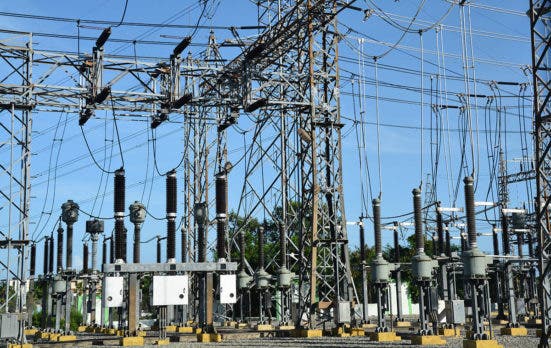The table proposed by the College of Engineers is not equated with the real wages that prevail in a depressed Venezuelan labor market that is just beginning to recover after 10 years of falling economy
The College of Engineers of Venezuela published on its social networks a salary tabulator proposed as a reference framework to establish salaries to be paid to professionals in the area, adjusted in bolivars for the month of January 2023.
In a publication published without further details, the document indicates that the table was approved by the union’s national board of directors and that the table determines the minimum net salary for each of the levels of professionalization and the years of experience specified in the list.
The table proposes Bs 13,762 as the minimum wage in the lowest line, which is equivalent to $700 according to the exchange rate established by the Central Bank of Venezuela (BCV), set at Bs 19.66 per dollar for January 17. , when the tabulator was made.
This base salary would apply to recently graduated professionals (P1) with less than one year of experience and would be updated as they obtain more years of experience and increase their academic grade.
The table includes 10 professional levels and considers the years of experience by segment for each level. The highest possible level is P10 and the maximum experience contemplated is more than 30 years. In this case, a salary of 53,213 is stipulated, which corresponds to about $2,706 according to the official rate.
The College of Engineers urges all active members of the union, as well as public and private organizations, to comply with this table and pay professionals based on these salaries, despite the fact that the Venezuelan labor market does not offer remunerations. of this type.
The publication was answered by engineers who currently work as professionals in the public and private sectors, who pointed out that their salaries are far from what is established by this tabulator.
«I am an engineer with 31 years of having graduated and I have been working as a university professor for 28 years, with a master’s degree and a doctorate. My salary is not even 10% of the P1 level. Why doesn’t the CIV defend us and silence the abuse?” denounced Álvaro Muñoz.
Another of the users who commented assured that his monthly salary does not even correspond to 1% of what the tabulator indicates.
I am an engineer with 31 years of graduation and I have been working as a university professor for 28 years, with a master’s degree and a doctorate, and my salary is not even 10% of the P1 level (recently graduated) Why doesn’t the CIV defend us, silence the abuse? ?
— Álvaro Munoz (@AlvaroMunoz) January 27, 2023
Does anyone pay those salaries to an engineer here in Venezuela? I have graduated for 20 years and no company in which I have worked pays according to that table and right now in these times that we live in Venezuela lesssss
— Antoinette Raynaud (@antonieta0618) January 27, 2023
They pay me less than 1% of what I would get, according to that table.
—Nelson (@nbruzco) January 27, 2023
College of Engineers vs Reality
The table proposed by the College of Engineers is not equated with the real wages that prevail in a depressed Venezuelan labor market that is just beginning to recover after 10 years of falling economy.
On the one hand, the public administration sets its salary tables based on the legal minimum wage, established at Bs 126 and which would be equivalent, according to the exchange rate used to make the tabulation, to about $6.4.
Salaries in the private sector are well above those offered by the public administration. However, they do not compare with those indicated by the College of Engineers.
According to studies by the Venezuelan Finance Observatory (OVF), the average wages earned by workers with a degree of professionalization in private companies in the commercial sector in Caracas is barely $198.
Of course, this sum applies to professionals in general, and not to engineers who usually have more technical and specialized knowledge. However, it is the closest approximation that we have to the reality of the market given the opacity of data on the labor market that prevails in official institutions.
Post Views: 19

















